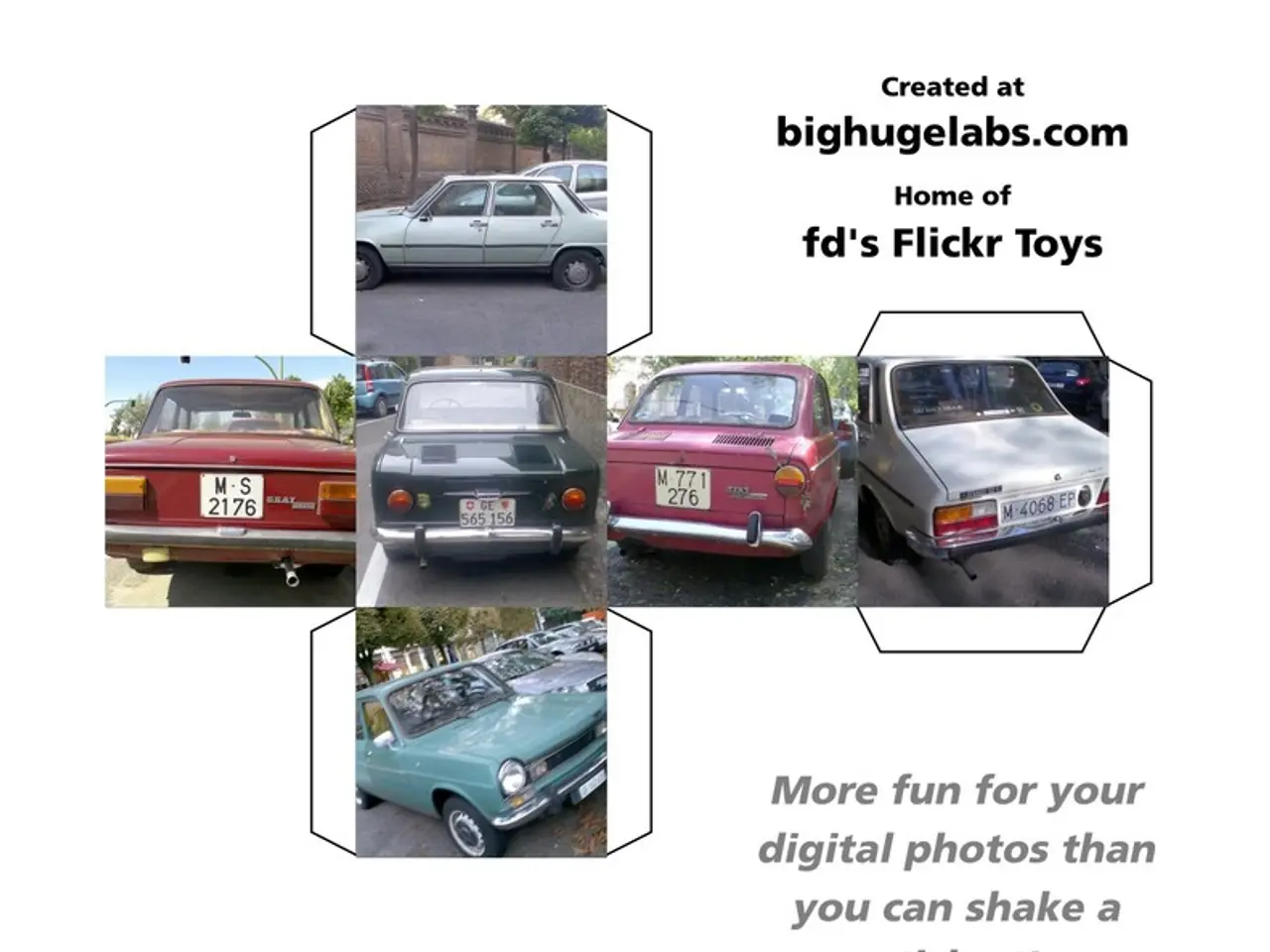Video depiction of a robot mimicking teleportation movements with an unsettling likeness to occult accuracy
In a groundbreaking development, researchers from KIMLAB have developed a modular platform called PARPLE (Plug-and-Play Robotic Limb Environment) that enables the control of robotic arms in a manner similar to human arms. This innovative system accommodates mismatched joint configurations between leader and follower robots, integrating a diverse set of robotic limbs and being controlled with various types of devices.
At the heart of PARPLE is the PAPRAS (Plug-and-Play Robotic Arm System), a modular robotic arm that can be mounted in various ways and shapes. The system's leaders, known as puppeteers, are pluggable and share mount interfaces with PAPRAS, allowing for easy interchangeability.
In joint-space control, PARPLE uses one-to-one joint mapping when the leader and follower have identical kinematics. However, when kinematics are different, task-space control is employed by mapping the follower to the leader's end-effector pose. This versatility ensures that PARPLE can adapt to a wide range of robotic limbs and control scenarios.
One of the key features of PARPLE is its support for real-time force feedback, which enhances the naturalness and precision of teleoperation. This feedback is available at each joint of the puppeteer device, improving user control and awareness. PARPLE offers two types of feedback: intrinsic, which helps maintain device stability, and extrinsic, which reflects differences between the user's intentions and the follower's capabilities.
PARPLE supports devices without joint-level output, such as VR and gaming controllers, making it an accessible solution for a wide range of users. It also supports data collection across different limb configurations and leader devices, making it an invaluable tool for AI research.
The modular design of PARPLE makes it easy to adapt for new tasks. A follower device can be controlled by various leader devices, such as gaming controllers, VR headsets, and robotic systems like Unitree G1 and Meta Quest 2. Robotic limbs controlled through PARPLE can be arranged freely and switched between different control modes.
While details about how the PARPLE system enables real-time force feedback for controlling robotic limbs are not available in the provided search results, it is known that such systems typically involve advanced sensors and algorithms that allow robots to perceive and respond to tactile forces in real-time. These systems integrate tactile sensors, process the raw data from these sensors, use control algorithms to adjust the movement of the robotic limbs based on the detected forces, and may also use haptic feedback to provide tactile cues to operators. Some advanced systems even use machine learning to iteratively refine their motion control based on experience, improving the accuracy and adaptability of the force feedback loop.
In conclusion, the PARPLE system represents a significant step forward in the field of robotic limb control. Its modular design, versatility, and support for real-time force feedback make it a powerful tool for both practical applications and AI research.
[1] Predictive force attention for haptic rendering in virtual environments. IEEE Transactions on Haptics. [2] Learning-based control of a humanoid robot for adaptive force feedback. IEEE Transactions on Robotics. [3] Haptic feedback in telerobotics: A review. International Journal of Advanced Robotic Systems.
- The innovation and advancement in robotics, as demonstrated by the PARPLE system, integrate science and technology to create a modular platform that offers a natural and precise control of robotic limbs, using various devices for control and data collection.
- The versatility of PARPLE lies in its ability to adapt to diverse robotic limbs and control scenarios, employing one-to-one joint mapping for identical kinematics and task-space control for different kinematics, thus allowing for seamless integration in robotics and AI research.
- Real-time force feedback in PARPLE is a key feature, relying on advanced sensors, algorithms, and machine learning to provide intrinsic and extrinsic feedback, making the system accessible for a wide range of users and opening new horizons in robotic limb control, telerobotics, and AI research, referencing papers such as [1], [2], and [3].




